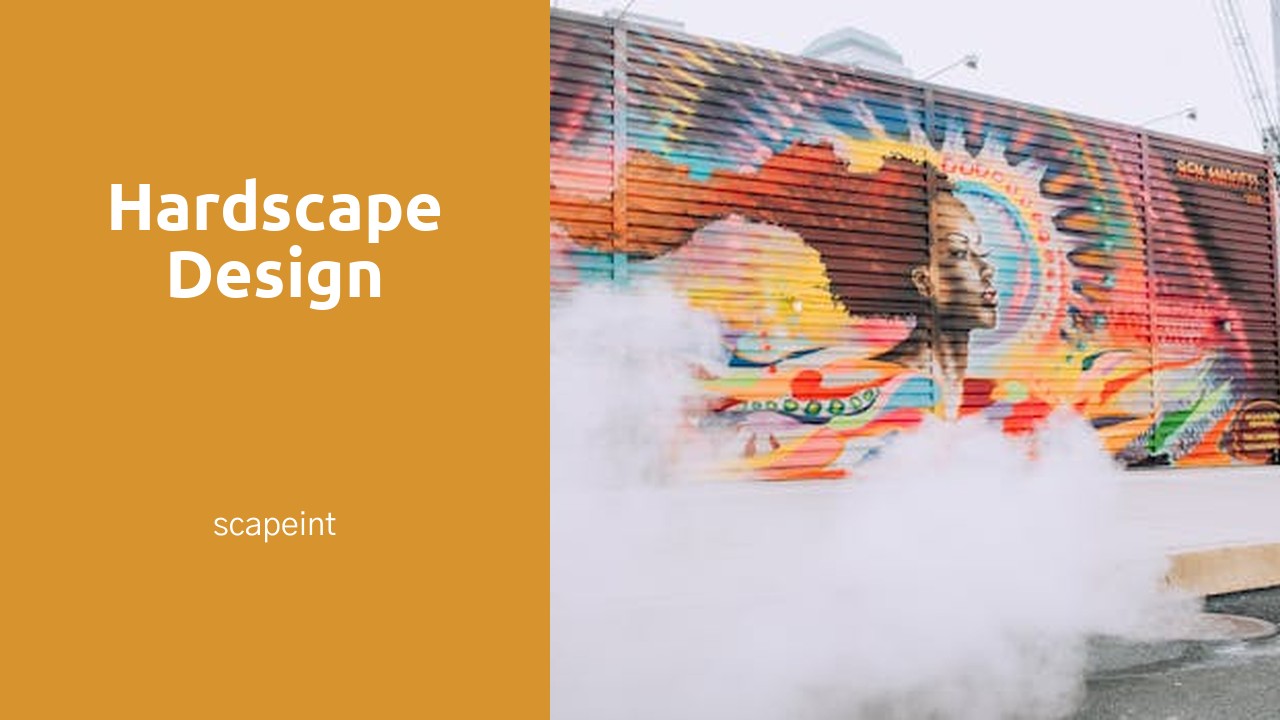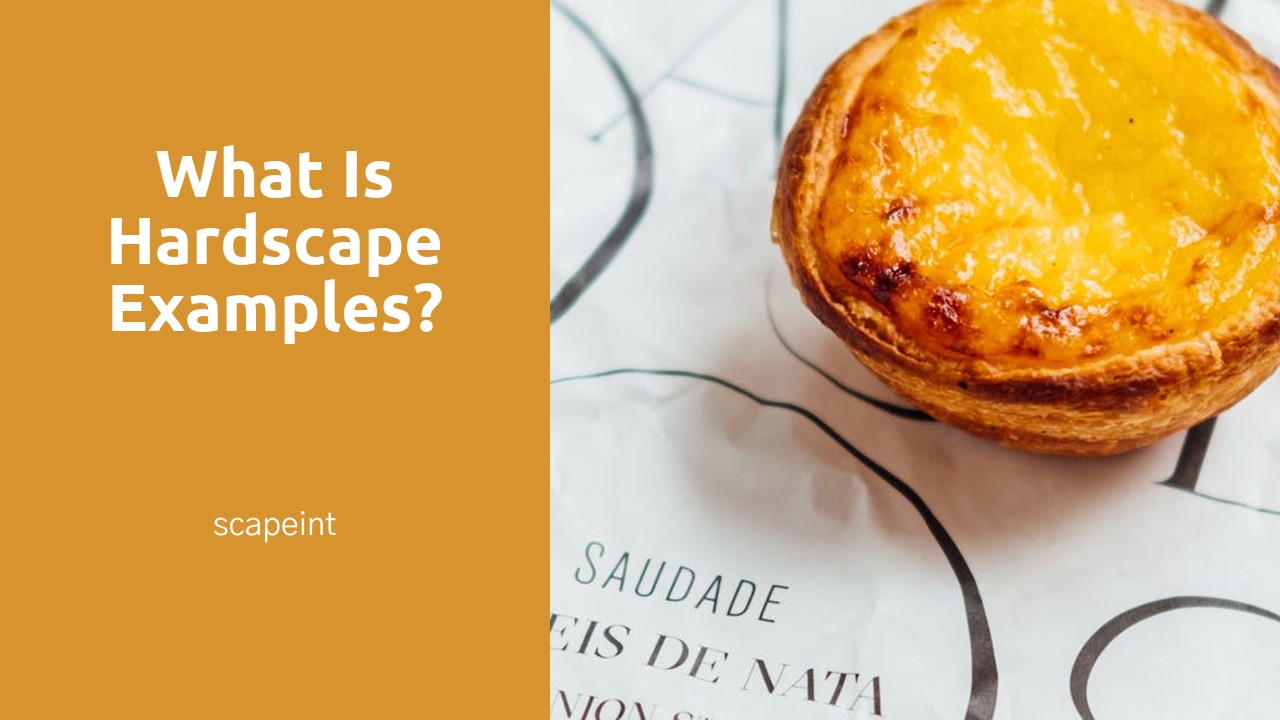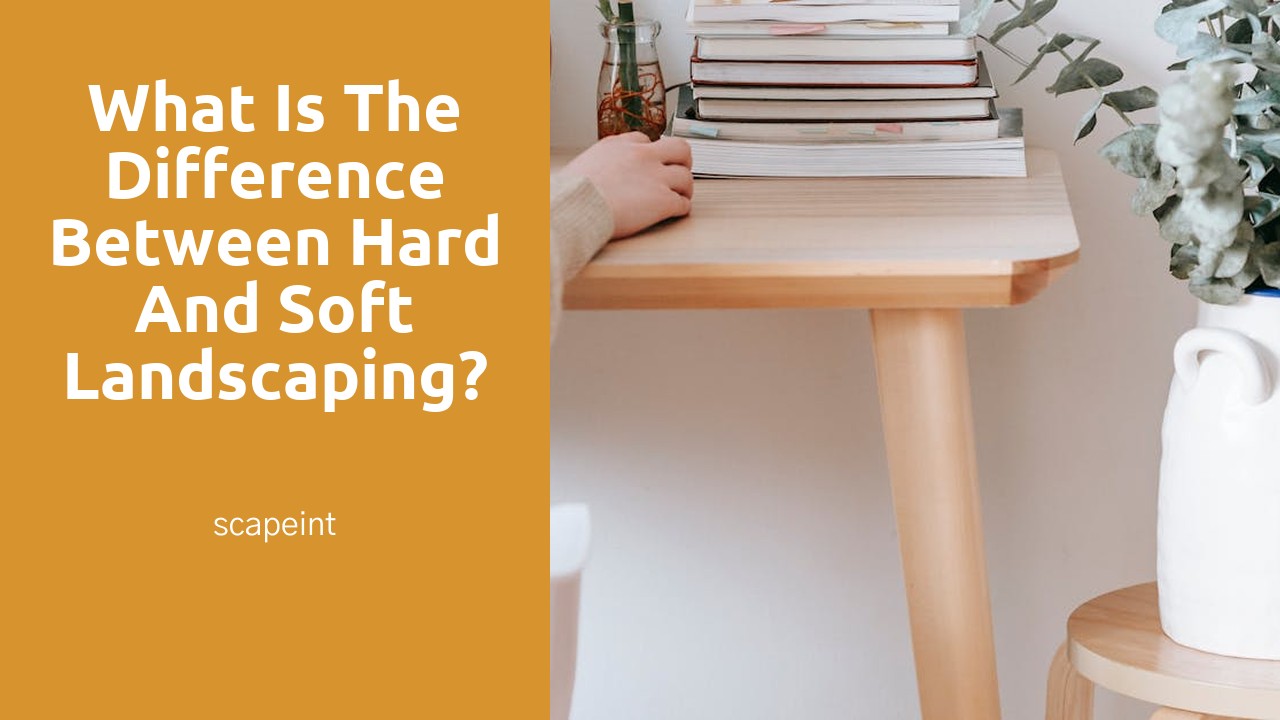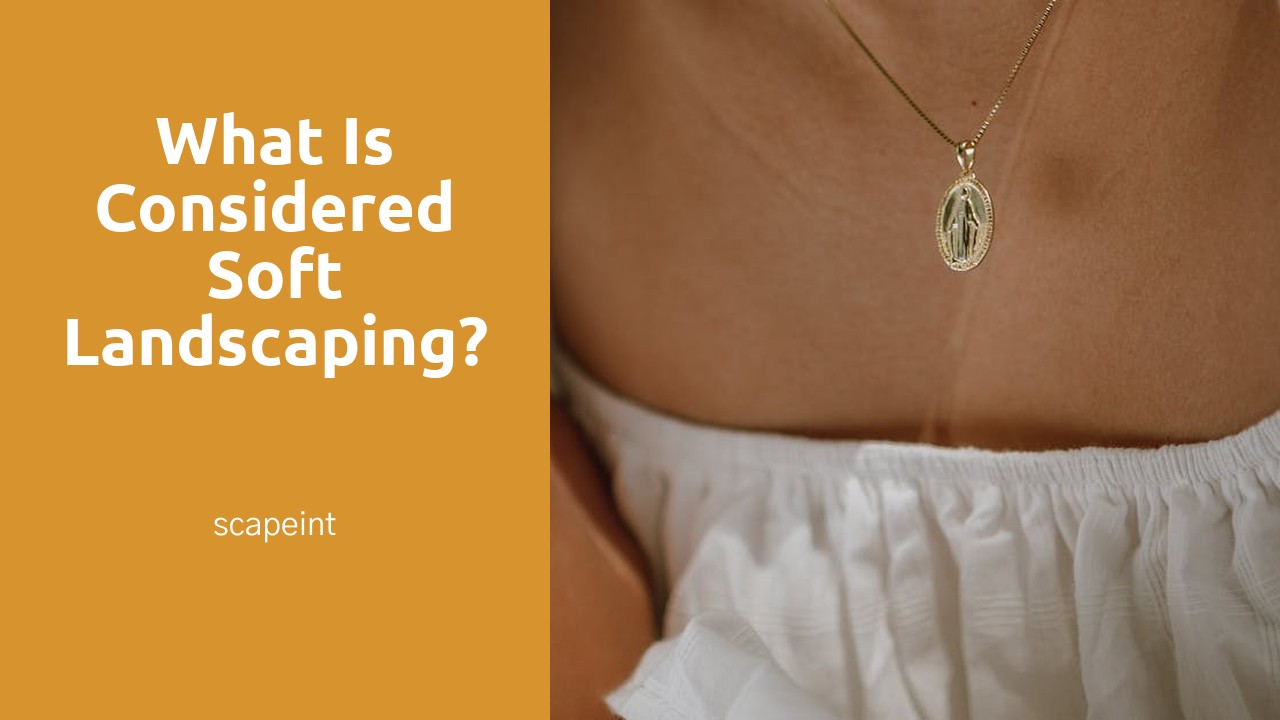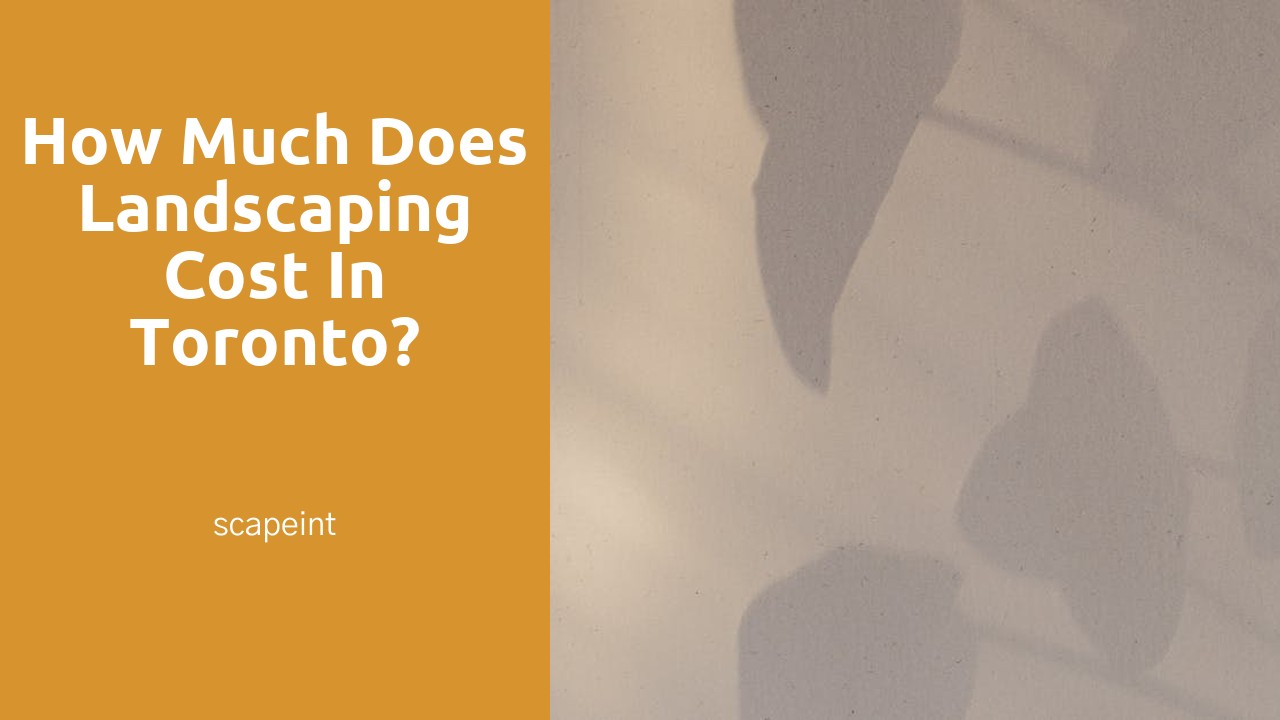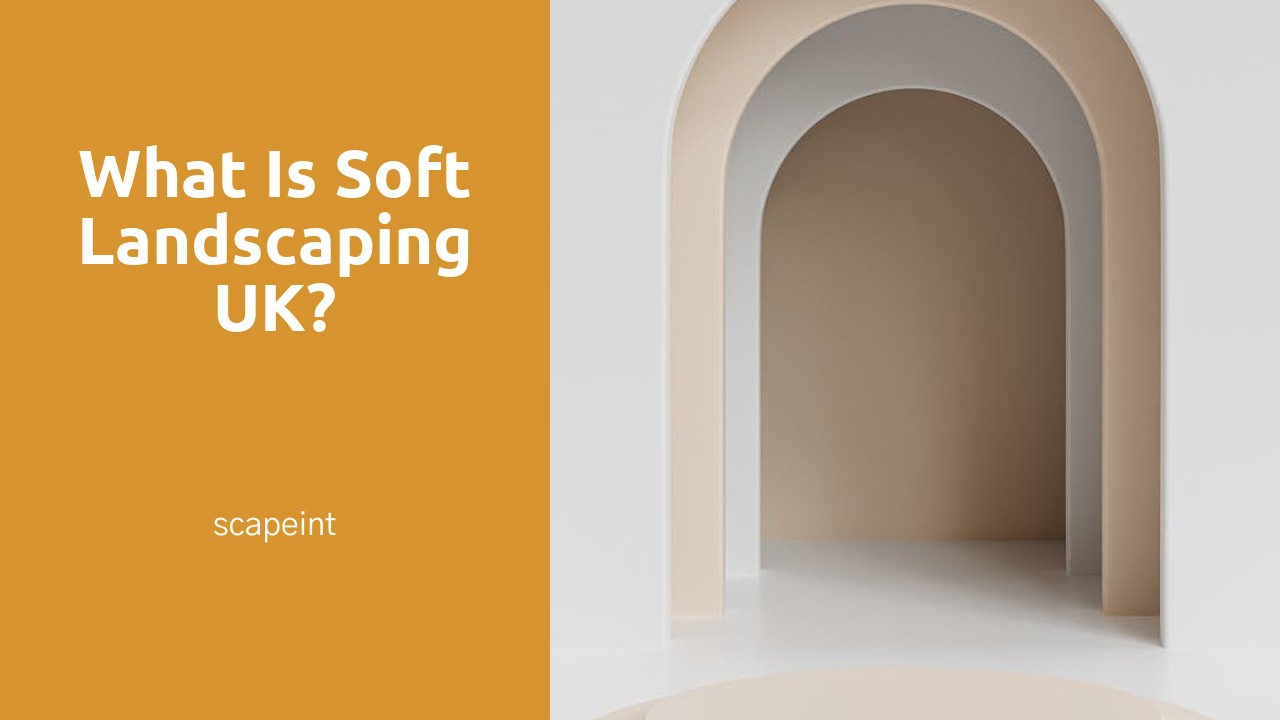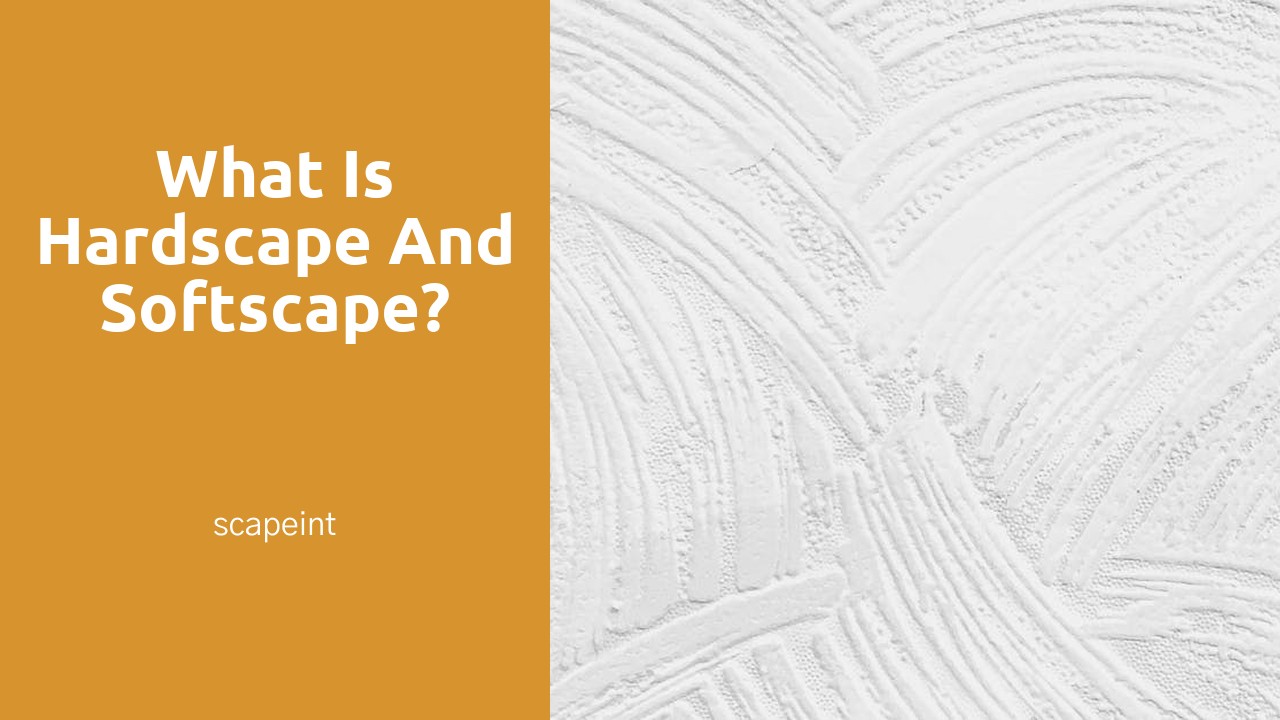
Table Of Contents
Maintaining Hardscape Structures
Maintaining hardscape structures is crucial for ensuring the longevity and durability of outdoor features within a landscape. In regions like North Bay, where weather conditions can vary, proper upkeep of hardscape elements is essential to preserve their functionality and appeal. Regular cleaning, inspection for damages, and timely repairs are key practices in maintaining hardscape design in North Bay. Ensuring that pathways, walls, patios, and other hardscape features are free from debris, weeds, and moss not only enhances their visual appearance but also prevents potential safety hazards. By incorporating routine maintenance into your landscape care routine, you can protect your hardscape investments and enjoy a well-maintained outdoor environment throughout the seasons.
Ensuring Longevity and Durability
When focusing on ensuring longevity and durability in hardscape design in Brant, it is essential to select high-quality materials that can withstand the local climate and environmental conditions. Opting for durable materials such as concrete, natural stone, or brick can significantly increase the longevity of hardscape structures. Proper installation techniques, including a solid foundation and precise leveling, are also crucial for the durability of hardscape elements. Regular maintenance, such as sealing surfaces and repairing any damages promptly, is key to preserving the integrity of hardscape features over time. By investing in quality materials and following proper installation and maintenance practices, hardscape designs in Brant can maintain their durability and aesthetic appeal for years to come.
In addition to material choice and installation practices, proper drainage is essential for ensuring the longevity of hardscape structures in Brant. Poor drainage can lead to water pooling, which can cause erosion, cracking, and other damages to hardscape features. Incorporating strategic drainage solutions, such as sloping surfaces away from structures and using permeable materials, can help prevent water accumulation and preserve the durability of hardscape design in Brant. Regularly inspecting and maintaining drainage systems, such as gutters and downspouts, is also critical for preventing water damage to hardscape elements. By addressing drainage concerns and implementing effective solutions, hardscape structures in Brant can withstand the challenges posed by the local climate and maintain their longevity and functionality.
Caring for Softscape Components
When it comes to caring for softscape components in your landscape, attention to detail is key. In Sarnia, where stunning gardens and green spaces are cherished, nurturing plants for growth is a labour of love. Regular watering, pruning, and mulching are essential tasks that contribute to the health and vibrancy of your softscape elements. Understanding the specific needs of each plant, from the type of soil it thrives in to the amount of sunlight it requires, is crucial for success in maintaining a flourishing garden that complements the hardscape design in Sarnia.
Incorporating softscape components harmoniously with hardscape structures can elevate the overall beauty of your outdoor space. By blending elements strategically, you can achieve aesthetically pleasing results that enhance the appeal of your landscape design. Consider the colour, texture, and scale of plants in relation to the materials and shapes of the hardscape features. Balancing soft and hard elements effectively creates a cohesive and inviting environment that reflects the beauty of nature in your own backyard.
Nurturing Plants for Growth
To ensure optimal growth and health of plants in your landscape design, it is essential to provide them with proper care and attention. Regular watering is crucial, especially during dry spells, to keep the soil moist and to assist the plants in absorbing nutrients efficiently. Monitoring the soil's moisture levels and responding accordingly can significantly impact the development of your plants. Additionally, applying a suitable fertilizer at the appropriate times can supply plants with essential nutrients that may be lacking in the soil, promoting robust growth and vibrant blooms. Proper pruning and trimming of plants can also aid in their growth and encourage healthy branching and flowering.
When integrating hardscape design in Aurora with softscape elements, it is vital to consider the plants' specific needs and requirements. Placement of plants in areas that receive adequate sunlight or shade in accordance with their preferences is fundamental to their growth and longevity. Moreover, grouping plants with similar watering needs together can simplify maintenance and ensure that each plant receives the appropriate amount of water. Combining different plant textures, colours, and heights can create visual interest and a harmonious landscape design that enhances the overall aesthetic appeal of your outdoor space.
Integrating Hardscape and Softscape in Landscape Design
Integrating hardscape and softscape elements in landscape design is key to creating a harmonious outdoor space that is both functional and visually appealing. By strategically blending features such as pathways, patios, and retaining walls with plants, trees, and shrubs, the overall design can be enhanced to complement the natural surroundings. In North Bay, hardscape design must consider factors like extreme weather conditions and the need for materials that can withstand the harsh Canadian climate to ensure longevity and durability.
When integrating hardscape and softscape in landscape design in North Bay, it is crucial to create a seamless transition between the two elements. This can be achieved by carefully selecting plants that complement the materials used in hardscape structures, such as incorporating soft, flowing grasses alongside rugged stone pathways. By thoughtfully integrating hardscape and softscape components, the design can achieve a balanced and aesthetically pleasing result that enhances the overall landscape of North Bay.
Blending Elements for Aesthetically Pleasing Results
Blending hardscape and softscape elements is a critical aspect of creating a visually appealing outdoor space. By carefully integrating features such as patios, walkways, and retaining walls with plants, flowers, and trees, a harmonious balance is achieved. The key lies in harmonizing the man-made hardscape structures with the natural softscape components to create a cohesive and inviting landscape. In areas like Georgetown, where the charm of historical architecture meets the lush greenery of well-maintained gardens, the integration of hardscape and softscape elements is crucial for enhancing the overall aesthetic appeal.
When blending hardscape and softscape elements in a landscape design, it is essential to consider factors such as texture, colour, scale, and balance. Mixing different materials like stone, wood, and gravel for hardscape features can add visual interest and depth to the outdoor space. Pairing these elements with a variety of plants and flowers selected for their colour palette, size, and seasonal interest can further enhance the beauty of the landscape. For a successful fusion of hardscape and softscape in "Hardscape Design in Georgetown," careful planning and thoughtful implementation are essential to achieve a cohesive and aesthetically pleasing result that complements the surrounding environment.
FAQS
What is hardscape?
Hardscape refers to the non-living, structural elements in a landscape design, such as pathways, walls, patios, and decks.
What is softscape?
Softscape includes the living elements in a landscape design, such as plants, trees, shrubs, and flowers.
How can I maintain hardscape structures?
Regular cleaning, sealing, and repairs are important for maintaining hardscape structures and ensuring their longevity.
How can I care for softscape components?
Proper watering, fertilizing, pruning, and pest control are essential for caring for softscape components and promoting healthy plant growth.
How can hardscape and softscape be integrated in landscape design?
Integrating hardscape and softscape involves blending structural elements with living vegetation to create a harmonious and visually appealing outdoor space.
